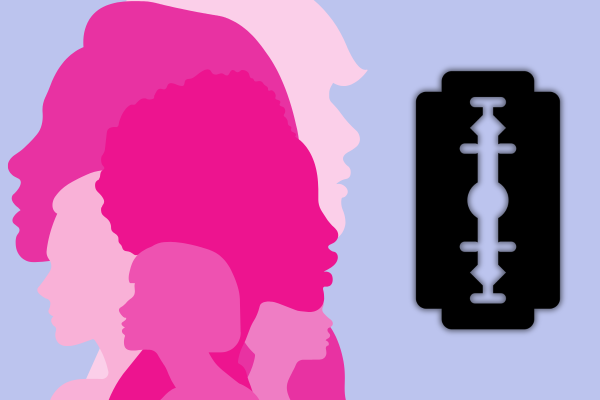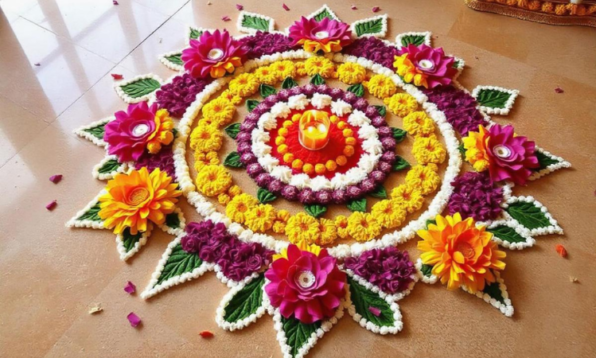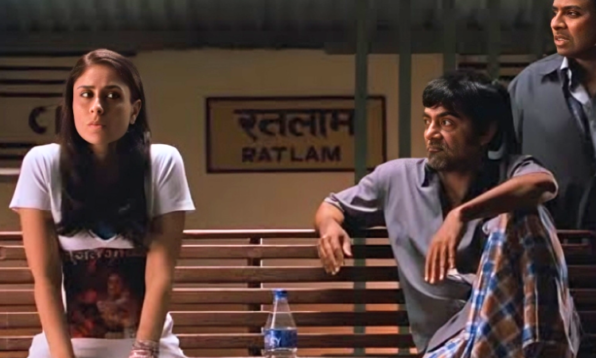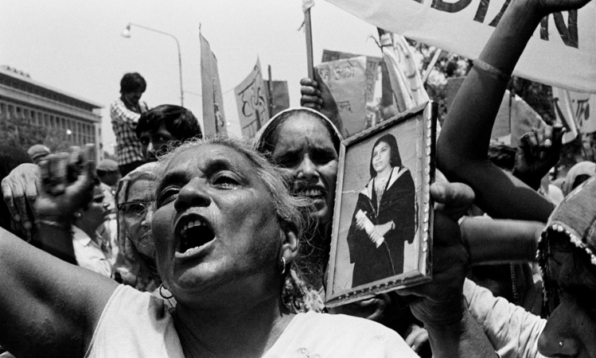Female Genital Mutilation (FGM) – just hearing the term is enough to send shivers down your spine. But every time we think of FGM, we automatically picture women in Africa – Somalia, Nigeria, Kenya – enduring this horrific practice. What if I told you that FGM isn’t confined to just these countries? What if I told you it’s happening right here, in India? February 6, the International Day of Zero Tolerance for Female Genital Mutilation (FGM), reminds us that this ancient and brutal practice still holds far too many girls captive. But here’s the real question: Why do we continue to let this happen? Why, in 2025, does FGM still have a place in our world?
What is FGM?

Female Genital Mutilation is an umbrella term for a range of procedures that intentionally alter or injure the female genitalia for non-medical reasons. FGM is a practice steeped in misogyny and gender inequality. It is practised primarily in Africa, Asia, and the Middle East. The procedures are typically performed on young girls and mostly without anaesthesia, trained doctors, or the right, sterilised tools.
There are four main types of FGM:
1: Clitoridectomy – partial or total removal of the clitoris.
2: Excision – removal of the clitoris and the labia minora.
3: Infibulation – narrowing of the vaginal opening by creating a seal, often through stitching.
4: All other harmful procedures – include pricking, piercing, or scraping of the genital area.
According to the World Health Organization, over 230 million girls and women alive today have undergone FGM, with three million girls at risk every year. The practice is carried out in 92 countries across Africa, Asia, the Middle East, the US, and Europe, and the numbers are growing.
But what about India?

The World Health Organization (WHO) describes FGM as a violation of the human rights of girls and women, causing irreversible harm. The health impacts are harrowing. FGM can lead to immediate complications such as severe bleeding, infections, and shock. Long-term effects include chronic pain, urinary and menstrual problems, increased risk of childbirth complications, and psychological trauma. In some cases, it can even result in death. The scars, both physical and emotional, last a lifetime, yet this brutal practice continues unchallenged in many parts of the world, including India.
In India, Female Genital Mutilation is not widely talked about, but it exists in certain communities, particularly among the Dawoodi Bohra Muslims. Reports suggest that approximately 75% of girls in the Bohra community undergo FGM, a practice that has been passed down through generations. In India, types 1 and 4 are the most common. According to research, one of the most common reasons for FGM is to keep women sexually pure. Victims of the Bohra community have shared their accounts, saying, “It was an extremely painful experience” that impacted them mentally and physically.
While it may not be as widespread as in parts of Africa, the practice in India is no less devastating. It’s often done under the guise of tradition and religious conformity.
Ban on Female Genital Mutilation in India

India is a country with deep cultural diversity, and practices like FGM are often protected under the banner of religion and tradition.
However, the issue has gained traction in legal and social circles in recent years. The Supreme Court (SC) has taken note of the issue, but the legal proceedings have been slow. The Bohra community leaders have defended the practice as an integral part of their religion. However, the truth is the religious text of Muslims, The Qur’an, doesn’t talk about FGM.
Organisations, activists, and some community leaders are speaking up. Groups like WeSpeakOut and Sahiyo are working hard to raise awareness and offer support to those who have suffered. Survivors like Masooma Ranalvi from the community have spoken out against the practice and are now actively fighting for change. Masooma, in one of her interviews, said, “For the longest time in my life, the mutilation affected me psychologically.”
One of the victims said after the midwife finished the mutilation, she said, “We have pulled the devil out of you.” The clitoris is often referred to as “haraam ki boti” or “sinful flesh” because the clitoris is the point of sexual desires in women. So, no clitoris means no sexual desires in a woman. Hence, no chance of “going astray”.
The truth is FGM is not just a medical or legal issue, it’s a human rights crisis. And it’s one we can no longer afford to ignore.
Featured Image Source

 Web Stories
Web Stories













